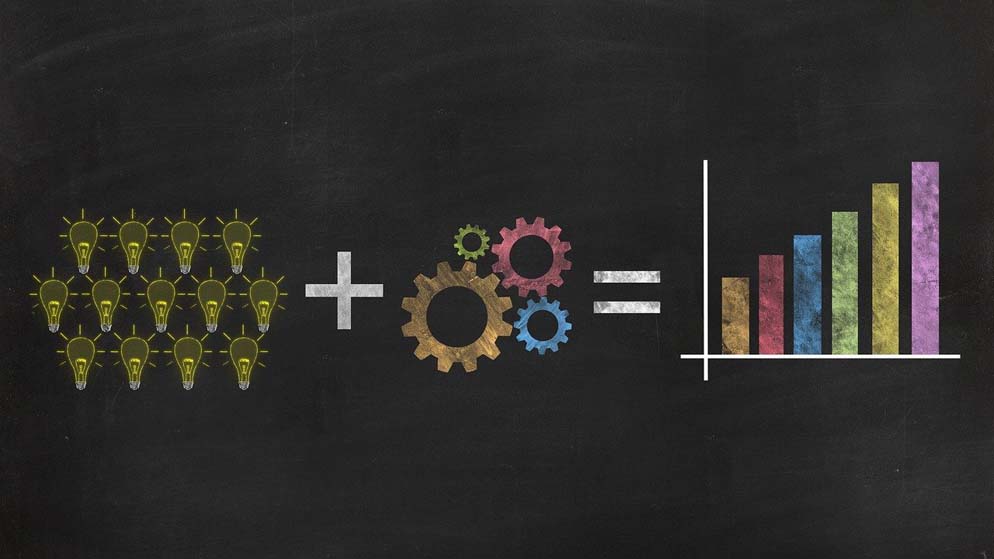
Question: Should I buy this particular investment property with Private Money financing and then refinance to a Conventional loan or obtain a Conventional loan from the beginning?
What is my best option? I am interested in a particular investment property and am thinking of using Conventional financing rather than buying it with cash or a Private Money loan. The property is in good shape with the exception of the floors that need to be replaced and the house repainted, all pretty minor.
Purchase price of the property is $150,000; the floors and paint should cost me less than $7,000 and the After Repair Value is $205,000. Is Conventional Financing a good option and if so, I have a few more questions:
- What is the minimum down payment requirement as a percentage for Conventional investment financing and how much should I expect to pay in closing costs when purchasing a $150,000 investment property?
- Am I able to do a cash out refinance after 6 months similar to how I normally complete my transactions?
- Am I better off obtaining a Conventional loan from the beginning or is it best to get a Private Money Loan first and then convert it to a Conventional loan once the property renovations are complete and the property is leased?
- I hear interest rates for cash out refinances are higher in comparison to purchase and non-cash out refinances, is this true?
- What’s the maximum loan to value as a percentage that I as a Real Estate investor can cash out refinance after 6 months?
First, congrats on finding this deal! Good deals like this are not easy to find. Let’s answer your questions as well as provide a bit of additional information that might help both now and in the future. And remember, we are referring to Conventional lending guidelines in our discussion.
This is important because whether it be a Houston independent mortgage company like Blink Lending, a big wall street bank or even a federal credit union, any and all lenders that offer Conventional loan products must follow the set of core rules set forth by Fannie Mae and Freddie Mac. No matter if it’s your best friend or a stranger, we are all playing by the same exact rules.
Question 1) What is the minimum down payment requirement as a percentage for Conventional investment financing and how much should I expect to pay in closing costs when purchasing a $150,000 investment property?
Conventional financing allows real estate investors to put as little as 15% down when purchasing an investment property. I am personally not a fan of the 15% down payment option and much prefer the 20% down payment options, although 15% down allows me to save 5%. I have found that the initial savings of a lesser down payment comes at a greater cost when compared over time as 20% down payment options offer a) lower interest rates b) no private mortgage insurance and c) less lender fees.
With this said, I understand everyone’s preferences are different so it’s important to ask, is reducing your down payment by 5% (in this example 5% = $7,500) worth a) a higher rate, b) private monthly mortgage insurance (aka PMI) and c) higher lender fees?
Regarding your closing costs, I assume there is a pre-existing Survey (plot of property outlining its borders) and the seller is paying for the Owners Title Policy? I also assume you are not escrowing your annual property taxes and home owners insurance within your monthly mortgage payment? If those are the case, you can expect your total closing costs to be in the (estimated) $3,000 range. If not, your costs could be more in the $4,500 range – remember that some costs are fixed and others vary on the size of the loan amount.
Question 2) Am I able to do a cash out refinance after 6 months similar to how I normally complete my transactions?
Short answer, absolutely! Smart investment answer, why would you?
When purchasing an investment property (aka investment purchase loan) you can put as little as 15% down allowing you to financing up to 85% Loan To Value (LTV).
When refinancing an investment property without cashing out (aka no cash out refinance loan) and to only lower your current term or payment then you are able to finance up to 80% of the value of the property, or 80% LTV.
When refinancing an investment property and cashing out (aka cash out refinance loan) a portion of the equity (receiving cash back at closing), then you are able to finance up to 75% of the value of the property, or 75% LTV.
If you buy this investment property with initial Conventional financing and put 20% down and pay for closing costs, you will have a mortgage loan on your new investment property for $120,000 (20% down of $150,000 = $30,000). If you then wish to cash out your equity, simply wait 6 months (Fannie Mae and Freddie Mac requirement) and you are eligible for a loan up to 75% LTV. Assuming your investment property’s appraised value is still $205,000, your new loan amount could be up to $153,750 repaying your loan of $120,000 allowing you to walk away from closing with $33,750 minus closing costs.
But it’s important to ask, is it worth paying two sets of Conventional (lending) closing costs and going through two loan transactions to simply get your down payment monies back? For some the answer is yes as they can now rinse and repeat the process of acquiring more properties while conserving their capital. For others the answer is no as they do not find value in paying double closing costs to get their initial investment back, the cash on cash return simply does not align with their overall investment strategies. The clear and right answer for you can only be answered by you as each answer is dependent on both the transaction and the investors overall investment strategy on a case-by-case basis.
If this sounds confusing, we understand, it’s exactly why the experienced team at Blink Lending Investments is here, to help answer these questions and walk you through the process.
Ready to read on for the answers to questions 3-5? Click Here









